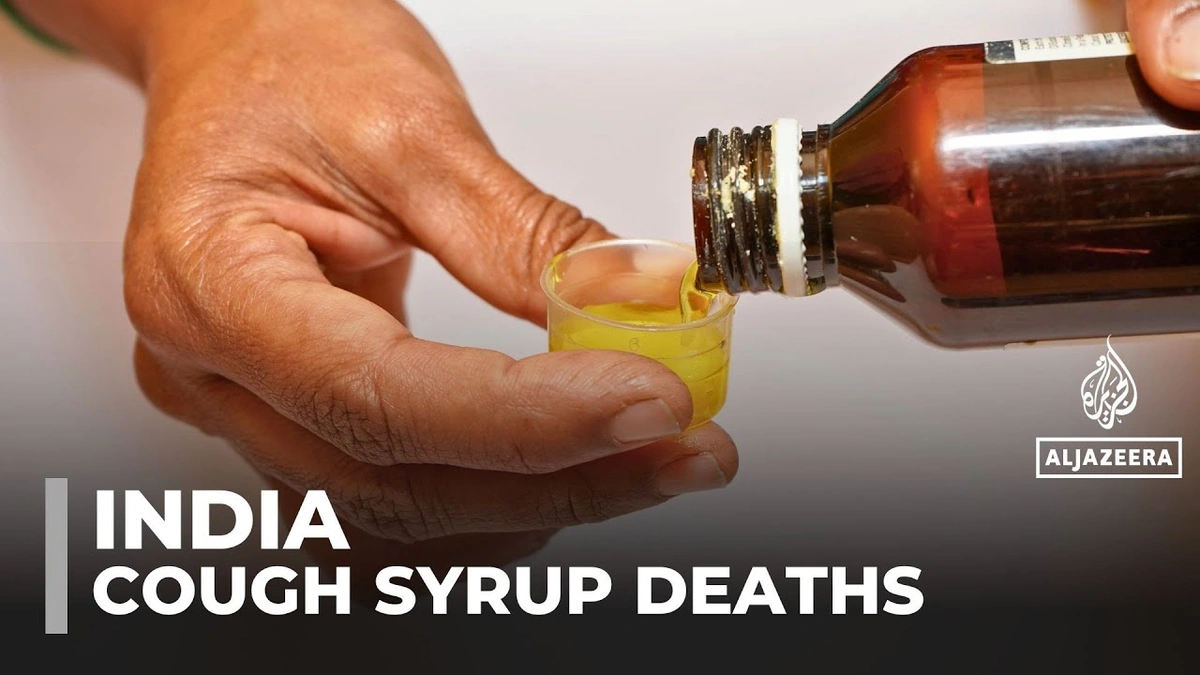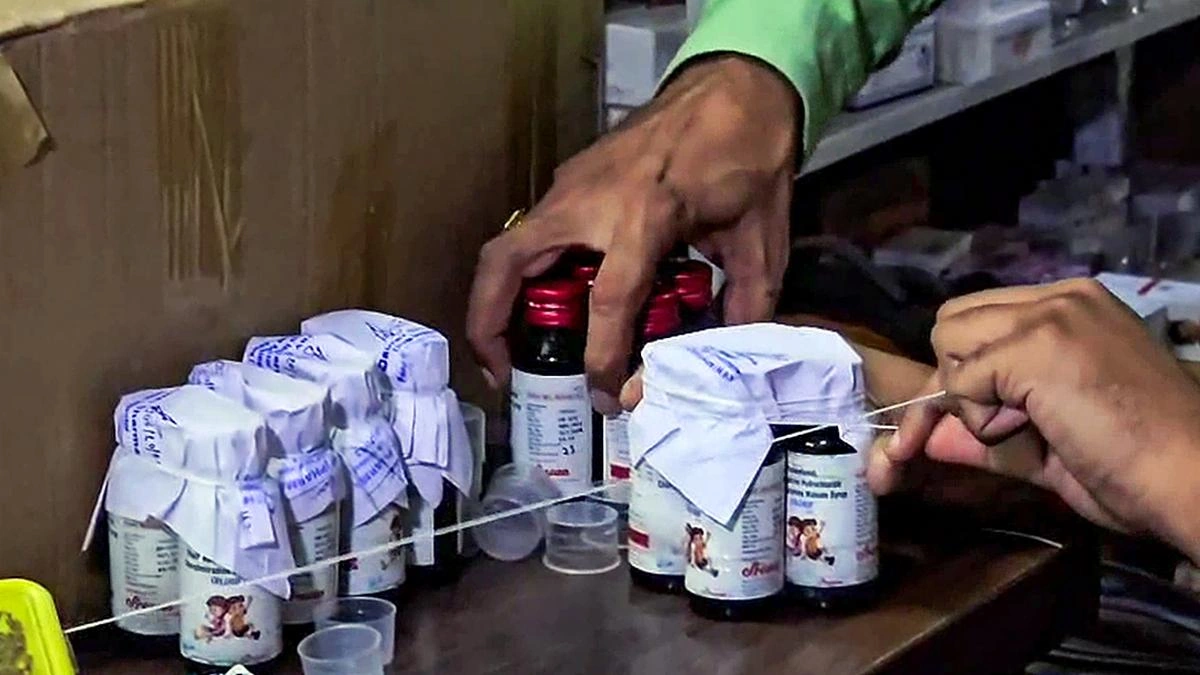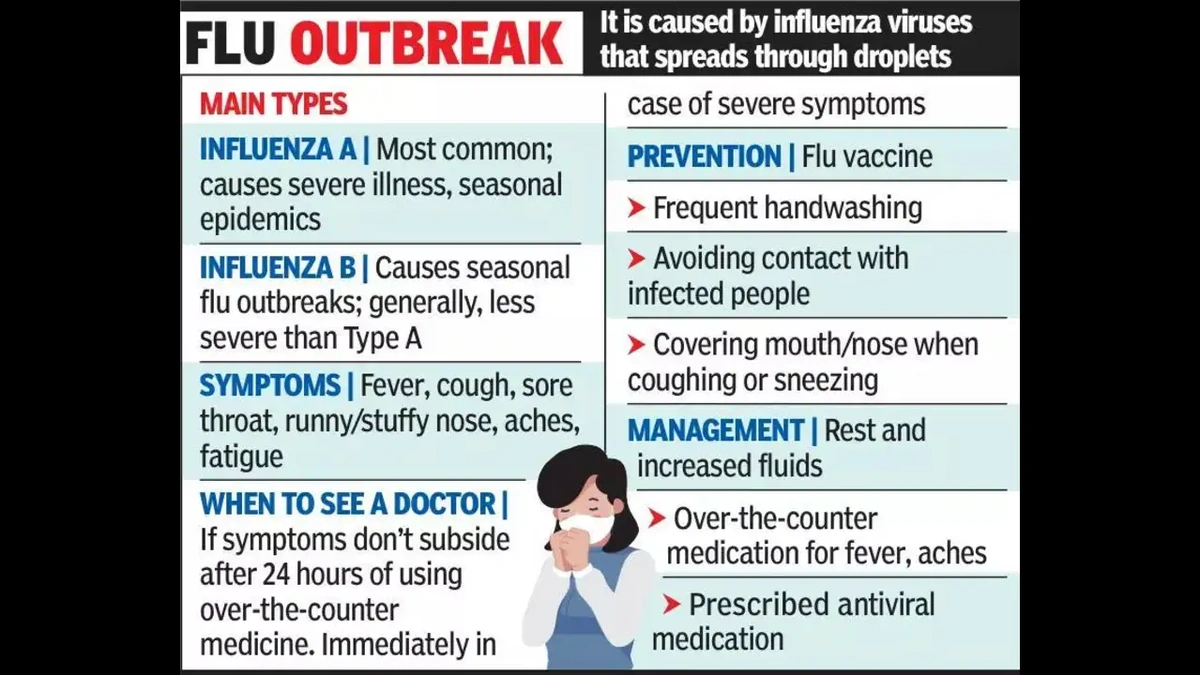Supreme Court PIL Demands CBI Investigation, National Drug Safety Assessment After Cough Syrup Deaths
The news is swirling, isn’t it? The Supreme Court. PIL. CBI investigation. It all sounds very official, and honestly, a little distant. But let’s cut through the jargon. We’re talking about cough syrup deaths , specifically, and a very serious question: how safe are the medicines readily available to us in India? What fascinates me is how easily we trust something we buy over the counter. This isn’t just a legal drama; it’s about our lives, and the lives of our children. This article is going to delve into the ‘why’ behind this news, and why it should matter to every single one of us.
Why This PIL Matters | More Than Just Headlines

Here’s the thing: a Public Interest Litigation (PIL) reaching the Supreme Court isn’t exactly an everyday occurrence. It signifies a deep-seated concern that hasn’t been adequately addressed by existing systems. This particular PIL, demanding a CBI investigation and a national drug safety assessment, isn’t just about pointing fingers after the fact. It’s about preventing future tragedies. Consider this – how many times have you popped a pill without a second thought? I know I have. The national drug safety assessment is crucial because it could lead to stricter regulations, more rigorous testing, and greater transparency in the pharmaceutical industry. According to sources, many of the cough syrups flagged in connection with deaths were found to contain dangerous levels of diethylene glycol or ethylene glycol – chemicals used in antifreeze. These are NOT ingredients that should be anywhere near medicines, especially those given to children. This is also a matter of substandard drug manufacturing practices. This situation highlights the urgent need for better oversight and quality control in the production of pharmaceuticals. The investigation should reveal the points where quality control was bypassed or failed, preventing similar incidents in the future.
The CBI Angle | Unpacking the Investigation’s Scope
So, why a CBI investigation? Well, it suggests the possibility of a larger, potentially criminal, element at play. The CBI (Central Bureau of Investigation) is typically called in when there’s suspicion of widespread wrongdoing, possibly involving multiple players or even international connections. It’s about accountability. If negligence or malfeasance led to these deaths, those responsible need to be held accountable. The investigation can uncover potential corruption within the pharmaceutical industry, regulatory bodies, or supply chains. Furthermore, transparency in the CBI’s findings will restore public confidence in the safety and regulation of medicines. This investigation could lead to significant reforms in the drug manufacturing and regulatory processes.
What intrigues me is the potential for the CBI to uncover systemic issues within the pharmaceutical industry. Are there loopholes in the regulatory process being exploited? Are there conflicts of interest that compromise safety standards? Answering these questions is critical for preventing future tragedies. This also involves analysing the global implications of substandard drugs, especially if they are exported to other countries.
What’s At Stake For The Average Indian?
Let’s be honest – this isn’t some abstract legal battle. This directly impacts you, me, and everyone we care about. We’re talking about the medicines we trust to heal us, potentially harming us instead. The implications are far-reaching. If the investigation reveals widespread issues, it could lead to recalls of numerous medications, causing disruption and anxiety. Moreover, if trust in the pharmaceutical industry erodes, people may be less likely to seek necessary medical treatment, which impacts overall public health.
But, it’s not all doom and gloom. This PIL and the subsequent investigation could be a catalyst for positive change. Stricter regulations, improved quality control, and greater transparency could lead to safer medicines and a more trustworthy healthcare system. This could also drive innovation in drug manufacturing, pushing companies to adopt safer and more reliable production methods.
To ensure better health outcomes, consider researching the medicines you take, consulting healthcare professionals, and reporting any adverse effects to regulatory agencies. You can also stay informed about drug safety alerts and recalls issued by health authorities and participate in public health initiatives to promote awareness and accountability.
The Role of Drug Regulation and Pharmaceutical Oversight
One of the biggest questions arising from this situation is: where were the regulators? What systems failed that allowed these dangerous products to reach the market? According to the Central Drugs Standard Control Organization (CDSCO) , India’s drug regulator, is responsible for ensuring the quality, safety, and efficacy of drugs manufactured, imported, and sold in India. However, the effectiveness of the CDSCO has been questioned, particularly in light of recent events.
So, the investigation should also scrutinize the CDSCO’s processes, resources, and effectiveness in enforcing regulations. Are there enough inspectors to monitor manufacturing facilities? Are penalties for violations strong enough to deter wrongdoing? Are there conflicts of interest that compromise the agency’s independence? These are the questions that need answers. It’s also crucial to evaluate the effectiveness of drug testing protocols, and if they are sufficiently thorough to detect contaminants and substandard ingredients.
While all of that is being investigated, let’s talk about what we can do to be safe.
Staying Safe | Practical Steps You Can Take
Okay, so what can we, as everyday consumers, do to protect ourselves? It’s not about living in fear, but about being informed and proactive. Here are a few practical steps:
- Always buy medicines from reputable sources: Stick to licensed pharmacies and avoid buying from unverified online sources.
- Check the packaging carefully: Look for signs of tampering, such as broken seals or damaged packaging.
- Read the label: Pay attention to the ingredients, dosage instructions, and expiry date. If anything seems unusual, consult your doctor or pharmacist.
- Report adverse reactions: If you experience any unexpected side effects after taking a medication, report it to your doctor and the appropriate regulatory agency. This is a crucial step in identifying potentially dangerous drugs.
- Consult your doctor: Whenever possible, discuss your medication options with your doctor and ask about potential risks and benefits.
And, finally, stay informed! Pay attention to news reports and public health advisories regarding drug safety. The more informed you are, the better equipped you’ll be to make safe choices for yourself and your family. Remember to advocate for better regulations , by talking to elected officials and advocating for reform.
FAQ Section
Frequently Asked Questions (FAQs)
What specific cough syrups are under investigation?
While specific names vary across reports, they often include brands manufactured by companies under scrutiny for quality control.
What are the symptoms of diethylene glycol poisoning?
Symptoms can include nausea, vomiting, abdominal pain, kidney failure, and neurological problems.
What should I do if I suspect a cough syrup I’ve taken is contaminated?
Stop using the product immediately and seek medical attention. Report the incident to your local health authority.
How can I verify if a pharmacy is licensed and reputable?
Check for a valid license displayed prominently in the pharmacy. You can also verify their credentials with your local pharmaceutical association.
Where can I report adverse reactions to a medication?
In India, you can report adverse drug reactions to the CDSCO through their designated channels.
This isn’t just about the headlines; it’s about demanding accountability, ensuring safer medicines, and protecting the health of our nation. It’s a conversation we all need to be a part of. Let’s not let this be another forgotten news cycle. Let’s use it as a catalyst for change.













